Updated Project video:
From 2016 - 2018 and till today, Microalgae occupy a special place in my heart. Their ability to serve as a food source, purify air, and act as a feed for food production (both for plants and animals) makes them one of the most circularity-supporting organisms ever.
For decades, they've been researched heavily for their ability to produce biofuels and have slowly made their way to the mainstream market in the superfood category, but they are not a household name yet.
This project aims to change that.
AlgaLite was originally created as a workshop to be delivered to people that wanted to get into the maker movement.
It stood out because it was the only one around (in Denmark at the time) that included the typical maker technologies such as Arduino electronics, basic programming, and laser cutting and merged them with an understanding of biology.
I've personally delivered several workshops and it has been delivered by school teachers and FabLab instructors as well.
Over the course of the next 3 months, I plan to invest some more time into it to improve the aesthetics, automation, and ease-of-build so that everyone will want to have one at home.
Aside from the project files stored on Hackaday, I've started a couple of Github repos to host the code.
The V1 of AlgaLite has its basic Arduino code here: https://github.com/keenan510/biolamp-v1

 Keenan Pinto
Keenan Pinto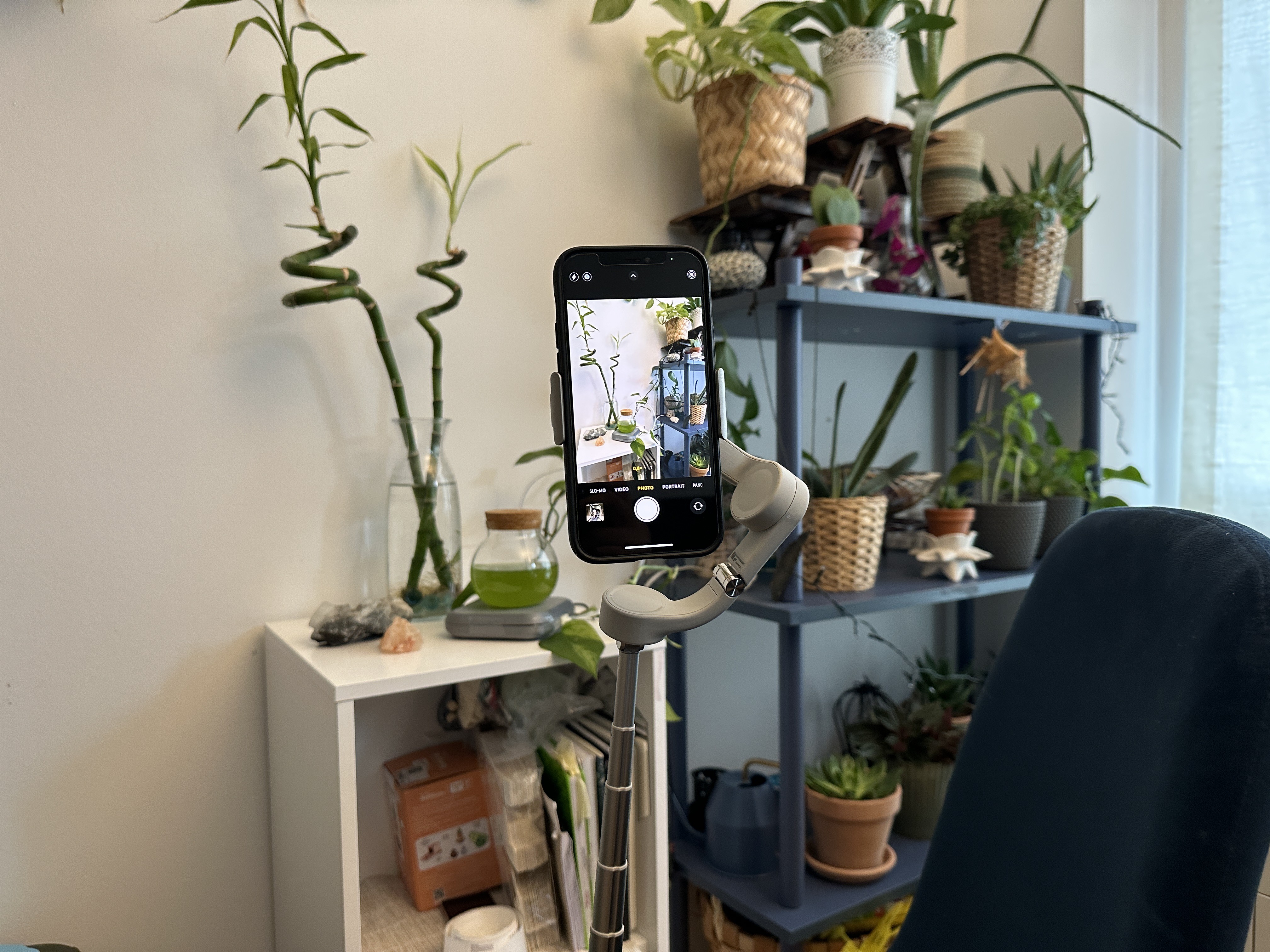


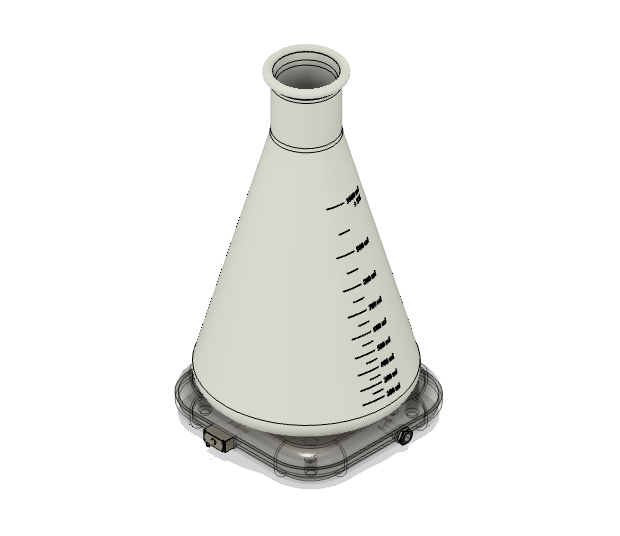
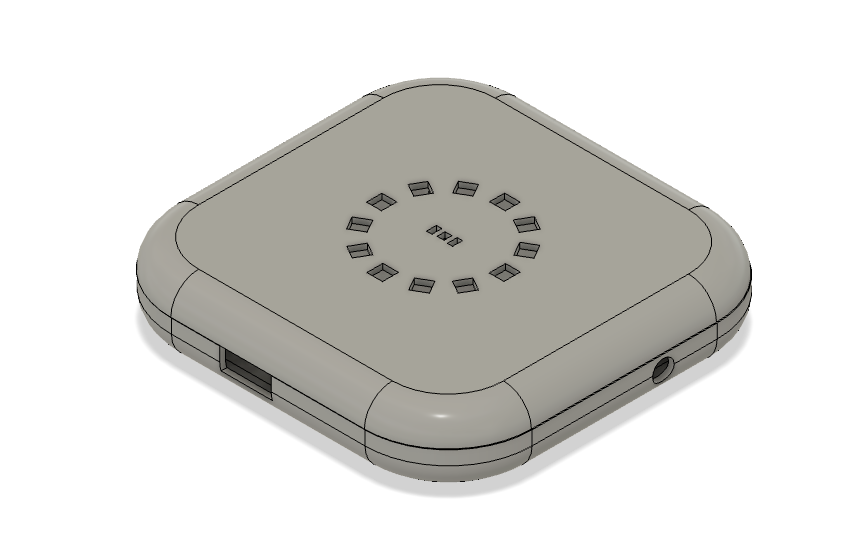
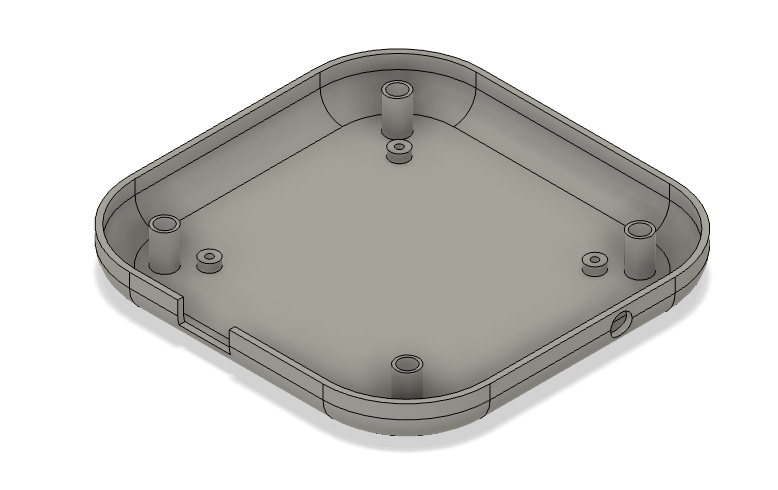
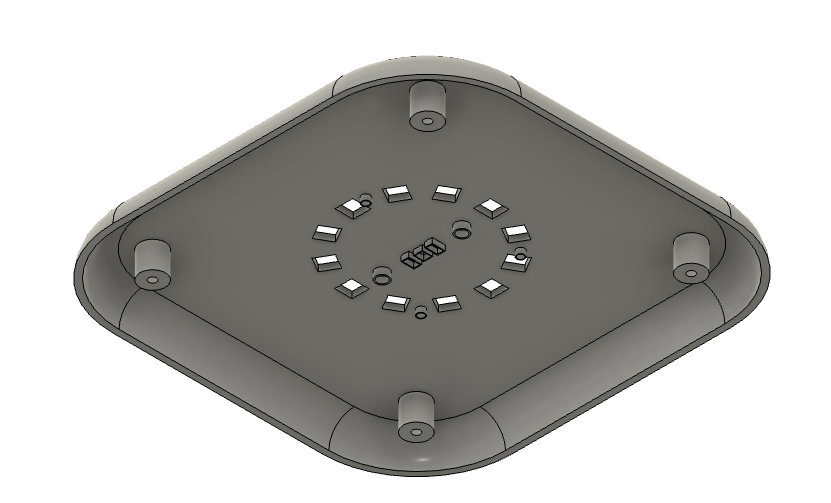


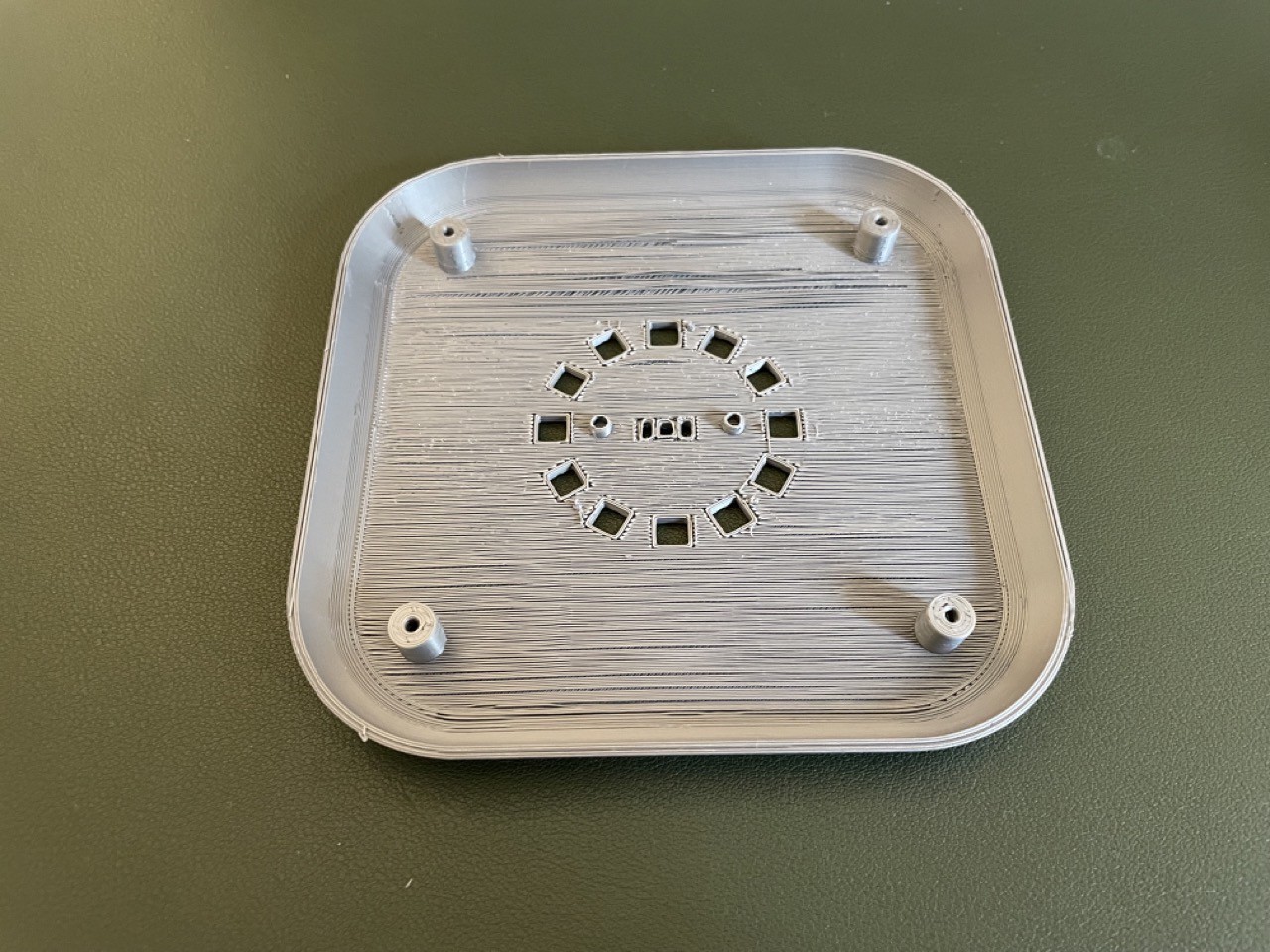
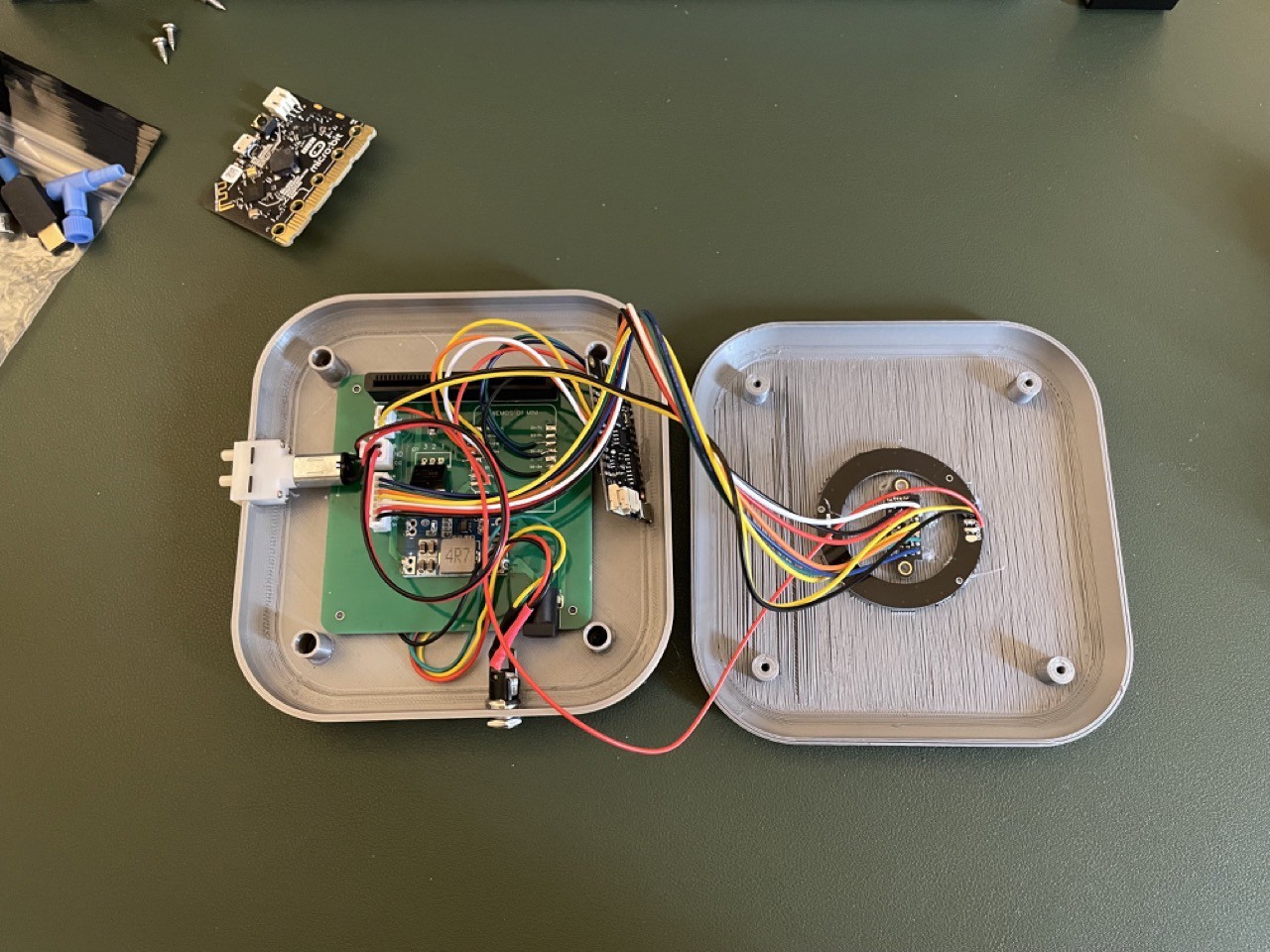
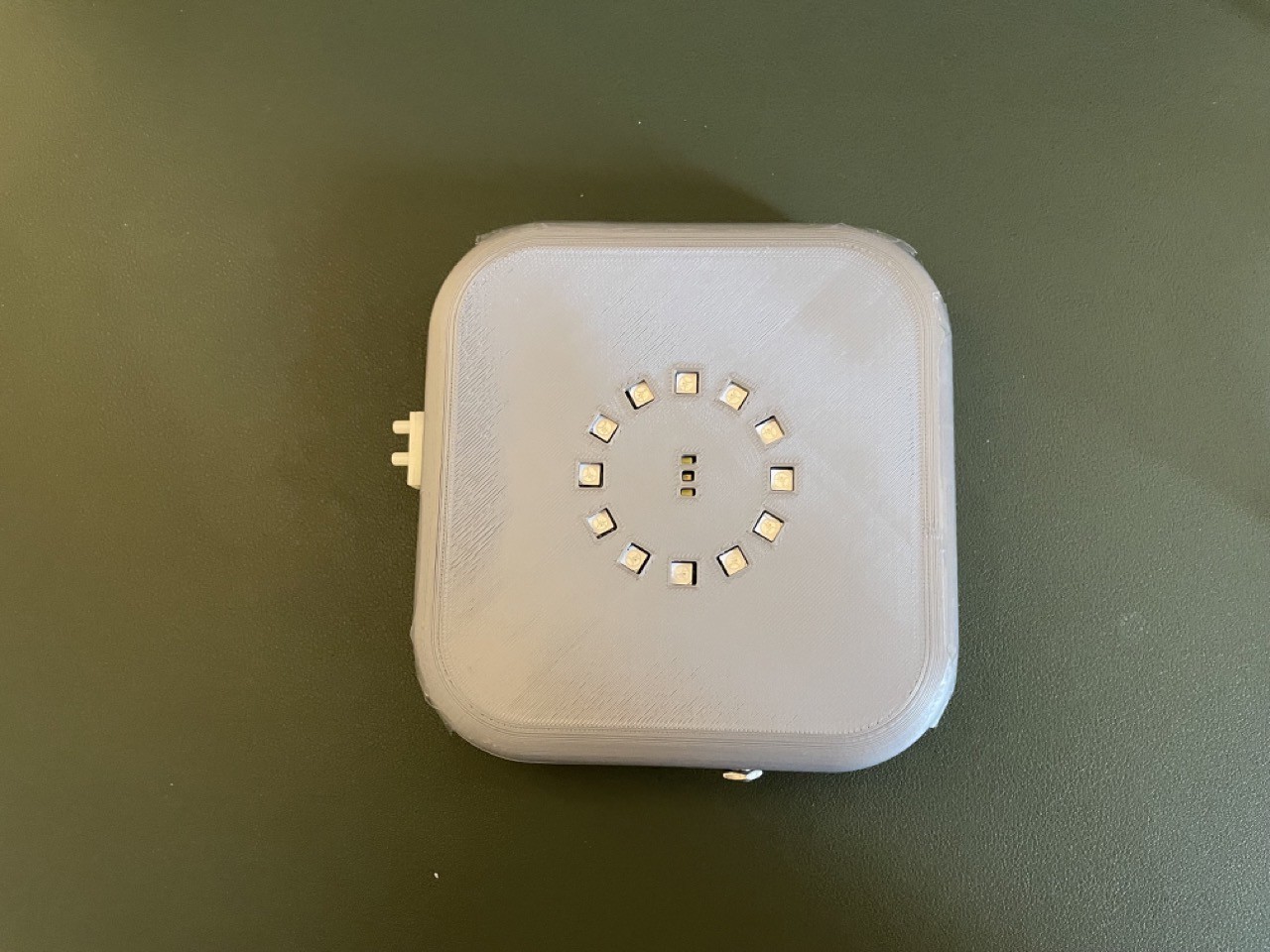



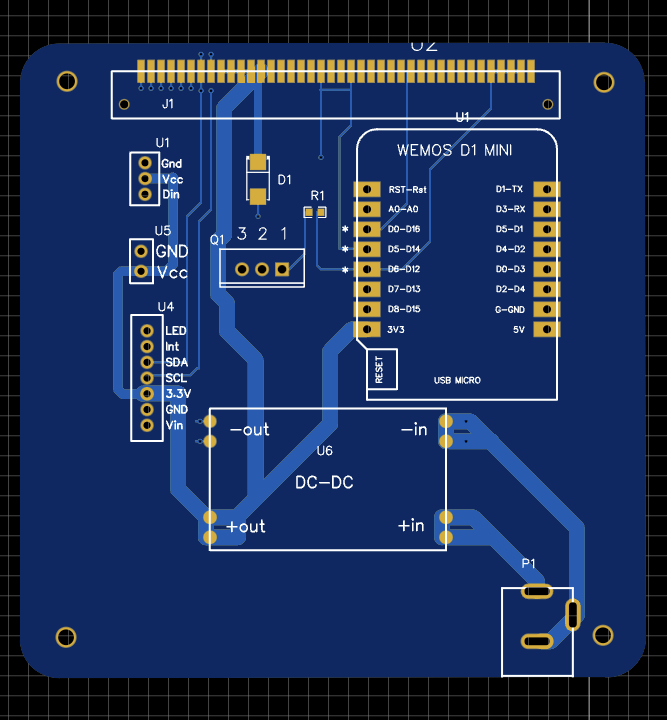
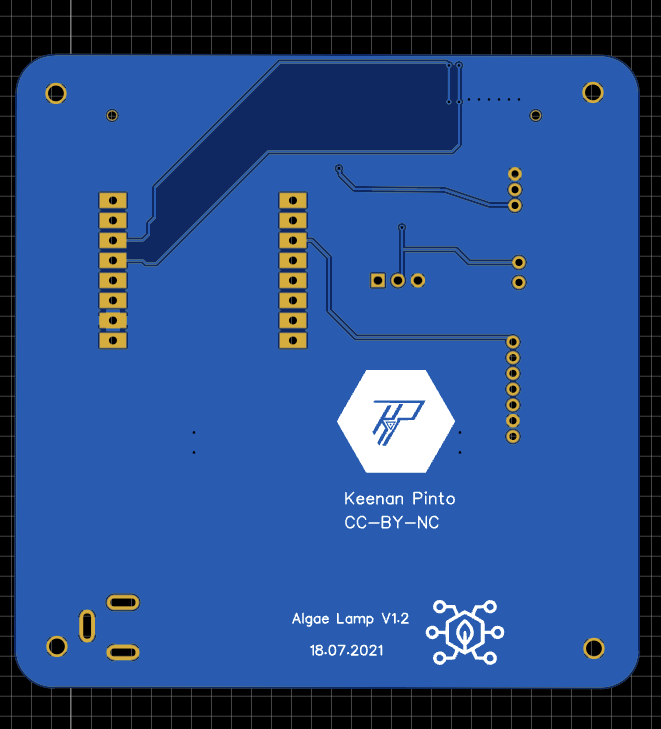
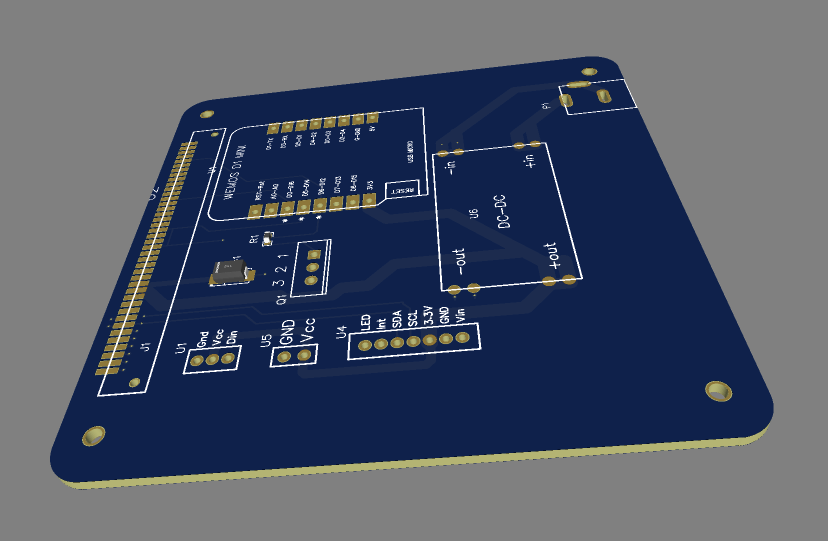
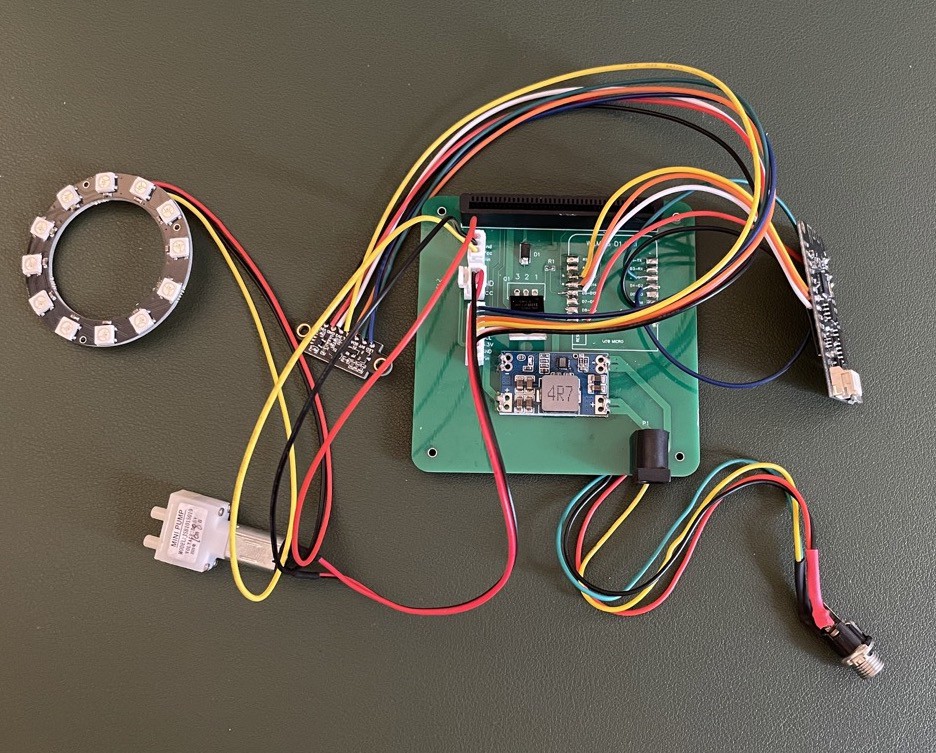

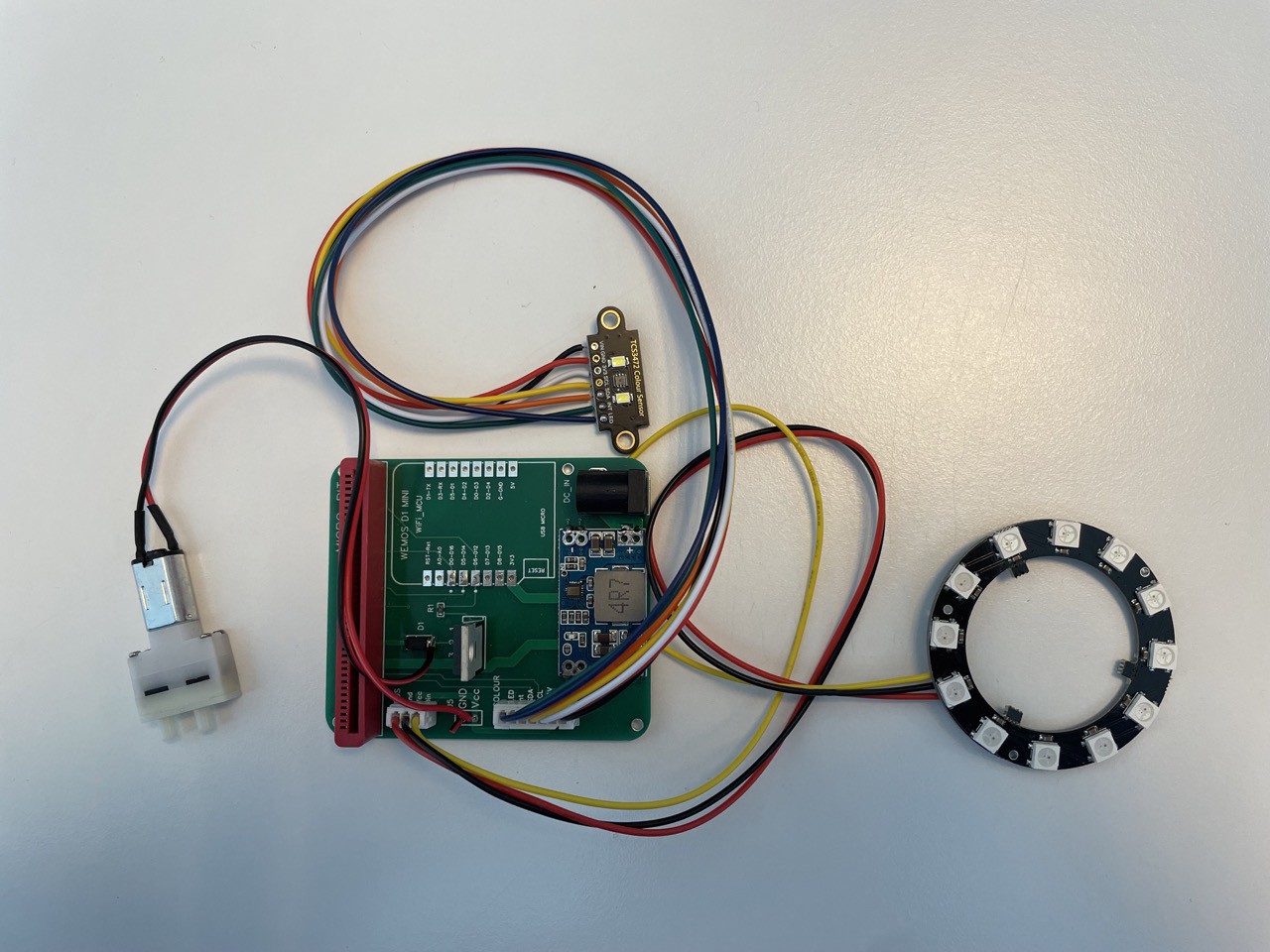

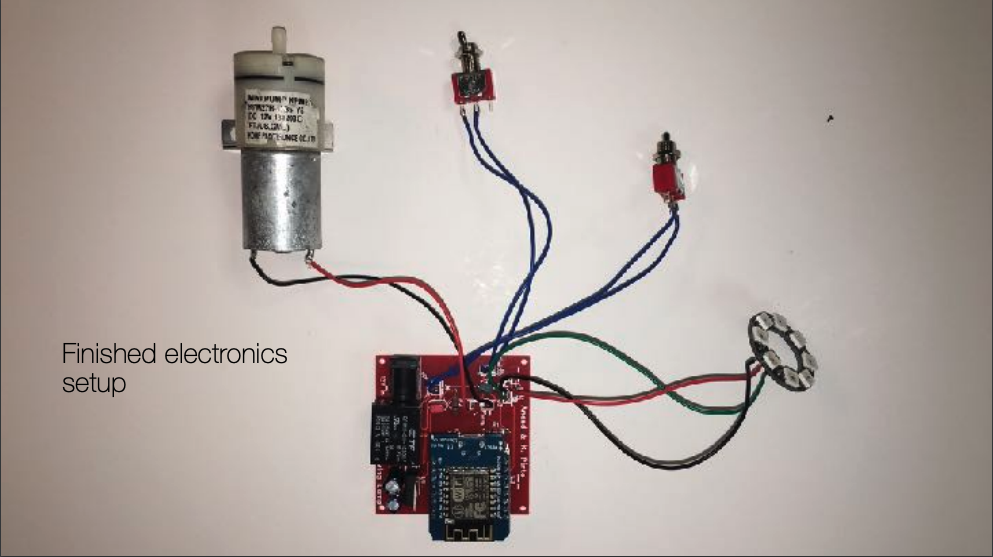
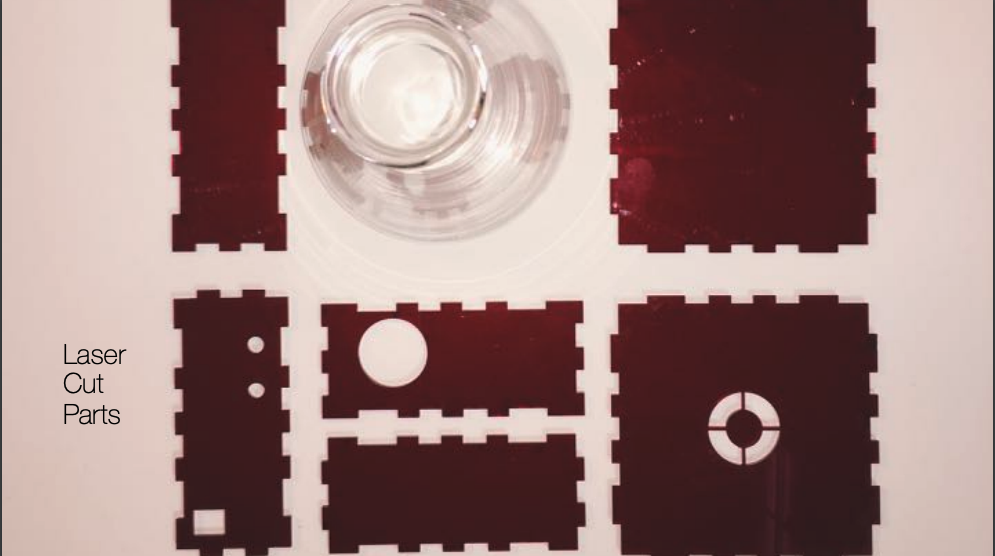
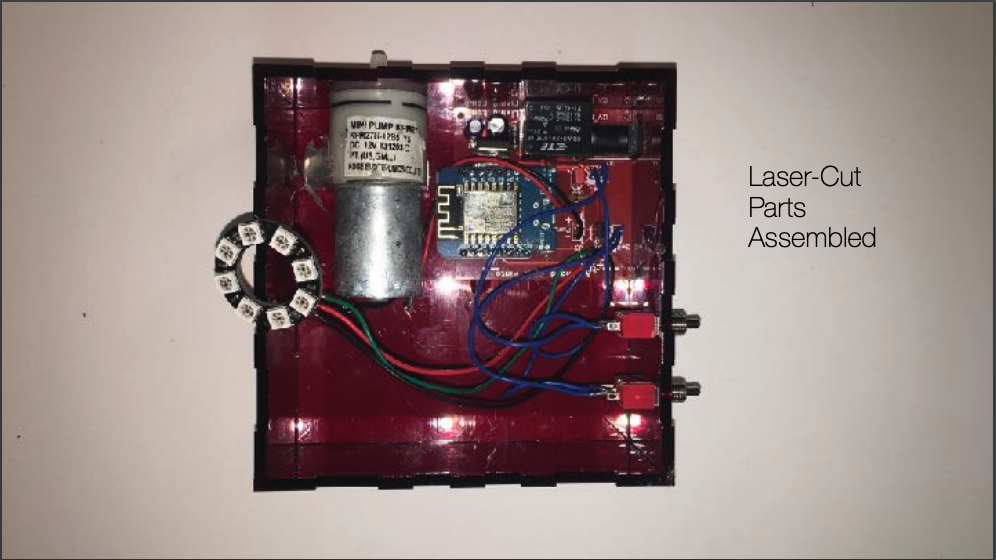
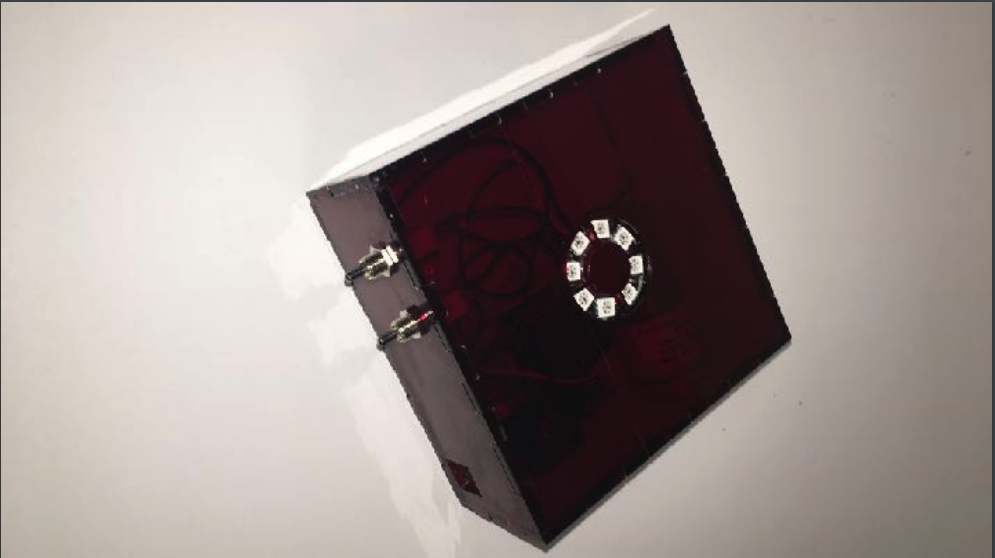
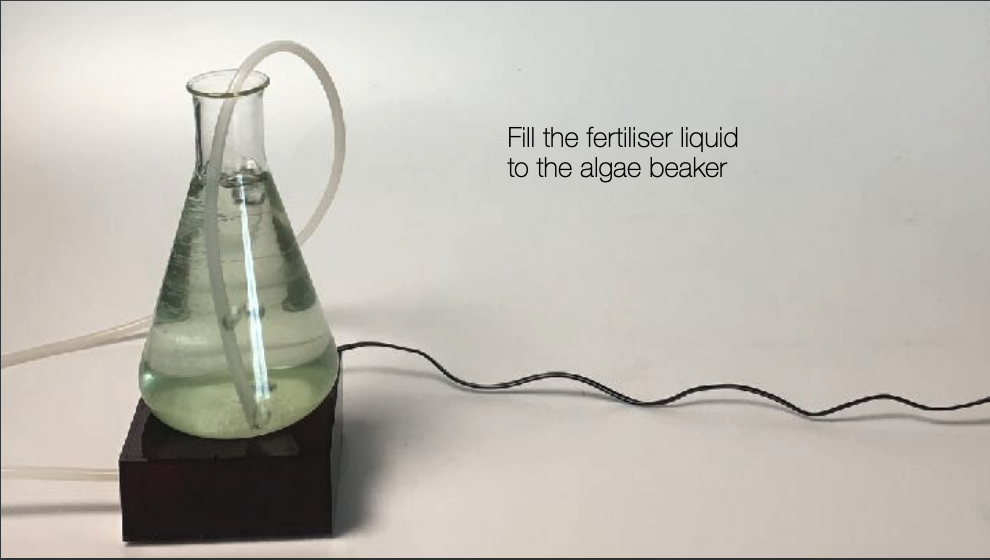
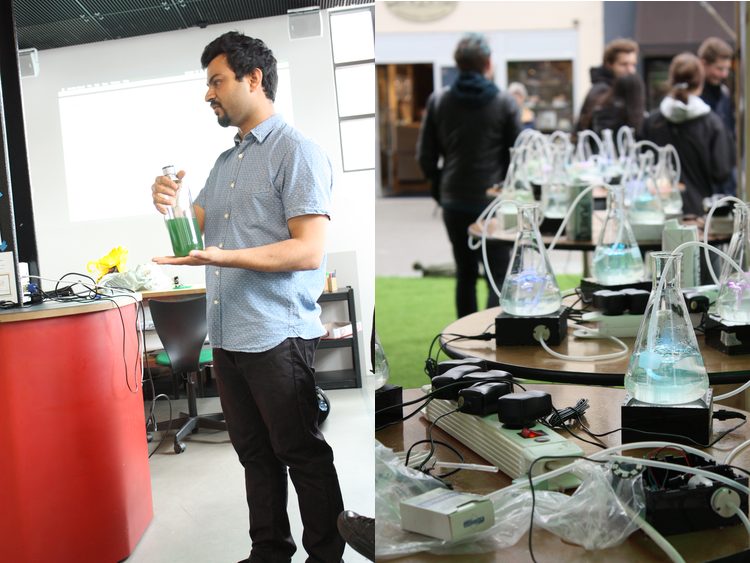

interesting concept